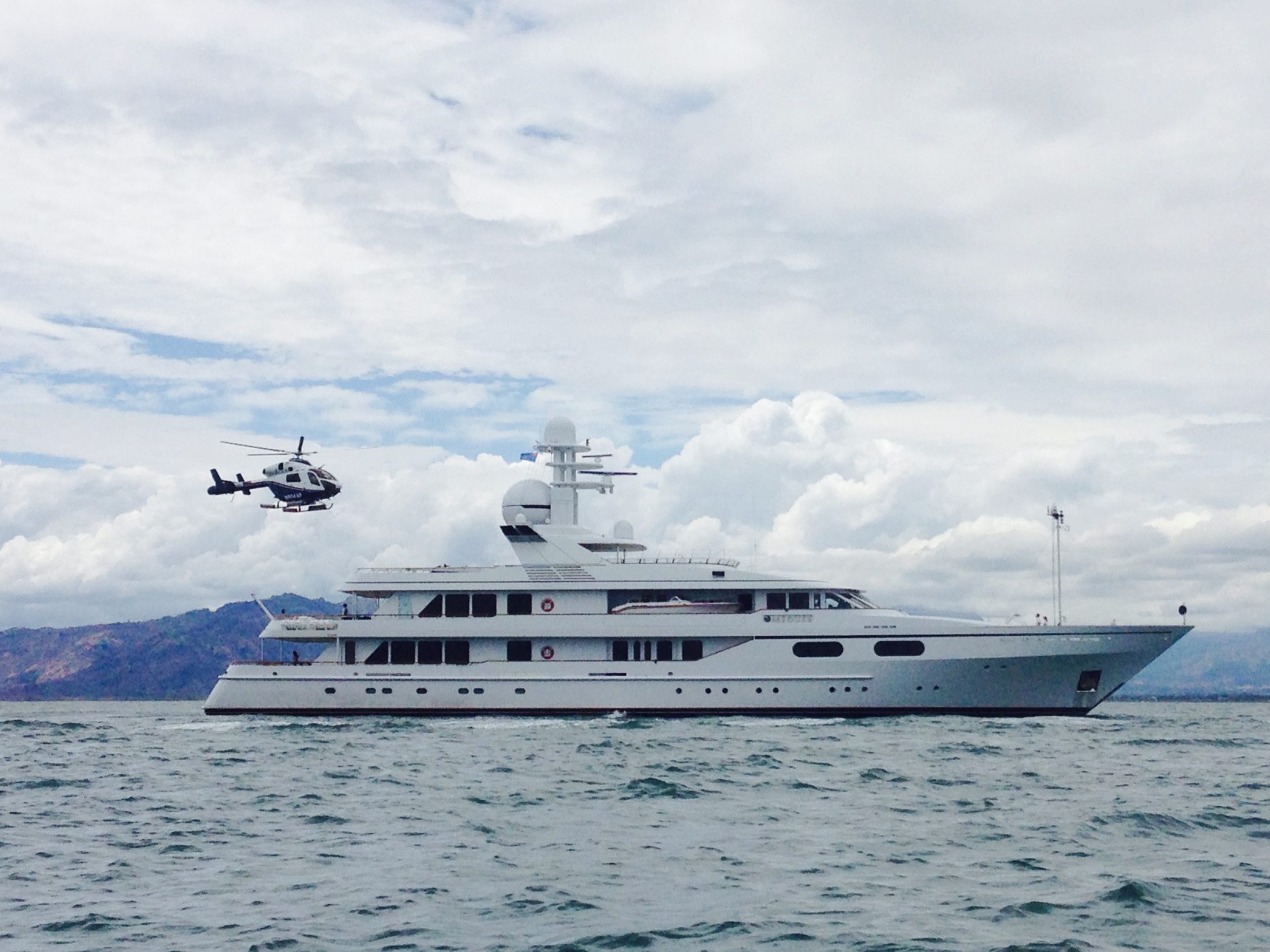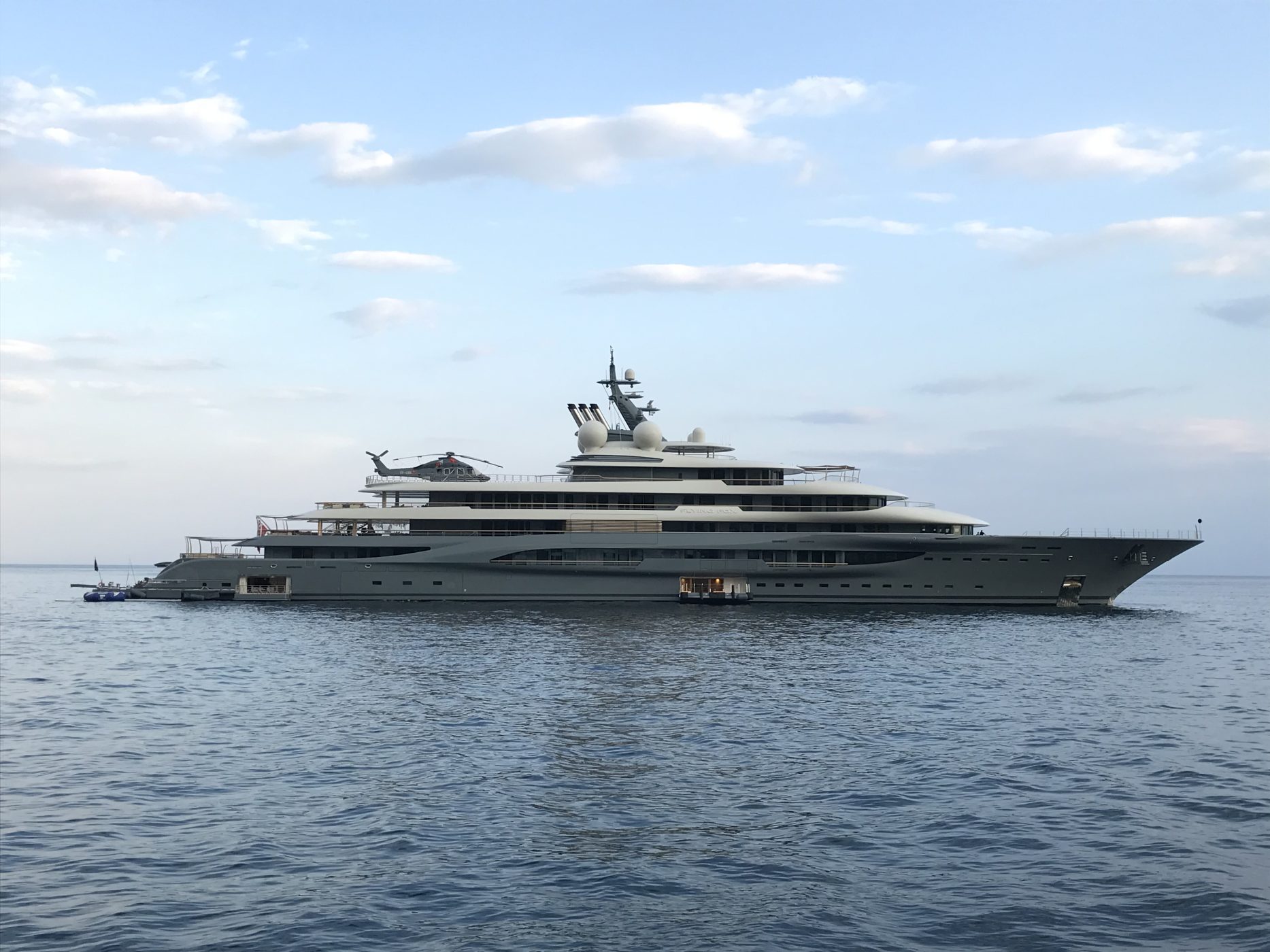The larger the yacht, the more extravagant the experience? What is it like to work as part of the crew on these floating gin palaces? Lets explore the differences between crewing on 60m to 90m superyachts, compared to the 100m+ superyachts, shedding light on the unique challenges and perks associated with each.
The most apparent distinction between these two categories of superyachts is their size. A 60m to 90m superyacht is already a massive vessel, offering luxurious amenities and spacious interiors. However, when you enter the realm of 100m+ superyachts, you’re dealing with a level of grandeur that is truly breath taking, with ratios of crew to guests that are laughable. The size of the yacht significantly impacts the crew’s roles, responsibilities, and living conditions.
On a 60m to 90m superyacht, the crew is typically the size of a school class and more tightly knit. This can create a cohesive work environment where everyone knows each other well. With smaller numbers, crew members often need to wear multiple hats and perform a wider range of tasks, making the work more varied and giving the crew more skills and experience.
On the other hand, 100m+ superyachts require larger crews, getting into the 60+ numbers and the hierarchy is more complex. You’ll find a more significant number of crew in the chain of command, which can lead to a more specialized and structured working environment but may also mean less personal interaction with fellow crew members and less diverse skill sets.




The size of the yacht influences the quality of living quarters for the crew. On smaller superyachts, crew cabins might be more compact and shared, but they can still be comfortable and well-appointed. There’s a sense of camaraderie when crew members share spaces, fostering closer relationships, I’ve seen 3 berths where people don’t want to leave for an upgrade as they enjoy the dynamic so much.
Crew members on 100m+ superyachts usually enjoy larger cabins and more single berth cabins are on offer. I’ve also heard of many where there are 4 or even 6 berth cabins, so what you think is the truth with size, might not always be the case. While this can enhance comfort and privacy, it may reduce the sense of camaraderie found on more normal sized yachts.
The size of the yacht directly impacts the workload and responsibilities of the crew. On 60m to 90m yachts, crew members often need to be versatile and adaptable, as they may be required to assist with various tasks. The atmosphere can be more informal, with roles overlapping, and it’s common for the crew to be quite hands-on with guests.
On 100m+ superyachts, the workload is more specialised and more crew to do each specific job. While this specialisation can lead to more efficient procedures, it may also mean crew members have less involvement in various aspects of yacht operations.
On smaller superyachts, crew members often interact with guests more frequently and intimately. This can lead to stronger guest-crew relationships, and crew members are expected to be personable and engaging with the guests.
Equally, on 100m+ superyachts, crew-guest interactions can be more formal due to the size of the vessel and the larger crew. Guests will often only get to know a couple of crew who they interact with often and will have no dealing with 70% of the rest of the crew. I’ve chatted to owners who have sold their 100m+ yachts for this reason, they didn’t like how anonymous it was not knowing the crew catering to them.
Crewing on 60m to 90m superyachts and 100m+ both offer unique experiences, and each has its advantages and challenges. The choice ultimately depends on individual preferences and priorities. Smaller superyachts offer a more close-knit environment with hands-on broader experiences, while larger superyachts provide more specialised roles and enhanced comfort.
The world of superyachts continues to evolve and as vessels grow in size and luxury, so do the opportunities and experiences for the crew.
